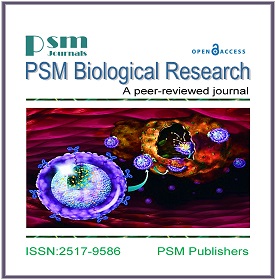Unleashing Aspergillus niger: Transforming Rubber Waste into Eco-Friendly Solutions
Keywords:
Aspergillus niger; Biodegradation; Natural Rubber; Oxidase enzymes; Beta oxidation; PDA mediaAbstract
Natural rubber (NR) is a jack-of-all-trades material found in everything from car tires to rubber ducks. The global NR industry produces a massive 13.6 million metric tons annually. However, the usual methods of disposing of leftover NR i.e., pyrolysis, recycling, and stockpiling have caused serious environmental headaches. Pyrolysis spews nasty pollutants into the air we breathe. Recycling relies on harsh chemicals. And stockpiling leads to soil and water contamination that would make an environmentalist weep. Enter the biodegradation savior: a process using the humble fungus Aspergillus niger. This fungus secretes special proteins that break down NR’s molecular bonds with impressive results. In just one week at pH 5.6, A. niger degraded a whopping 28% of NR with a growth rate to impress even the most ambitious scientists. But how do we turbocharge this process for big industry applications? No problem – a few “mass and stoichiometry” studies will reveal the perfect degradation conditions. Although lab tests show biodegradation’s promising potential, the real challenge is scaling up. Thankfully, innovative solutions like “immobilized enzymes” and genetically modified microorganisms could soon make large-scale NR biodegradation a reality. With continued investigation, we’ll develop techniques to reduce NR waste’s massive environmental footprint. So read on to learn how you can help advance this exciting technology.
Downloads
Additional Files
Published
How to Cite
Issue
Section
License
Copyright (c) 2024 PSM

This work is licensed under a Creative Commons Attribution-NonCommercial-NoDerivatives 4.0 International License.







